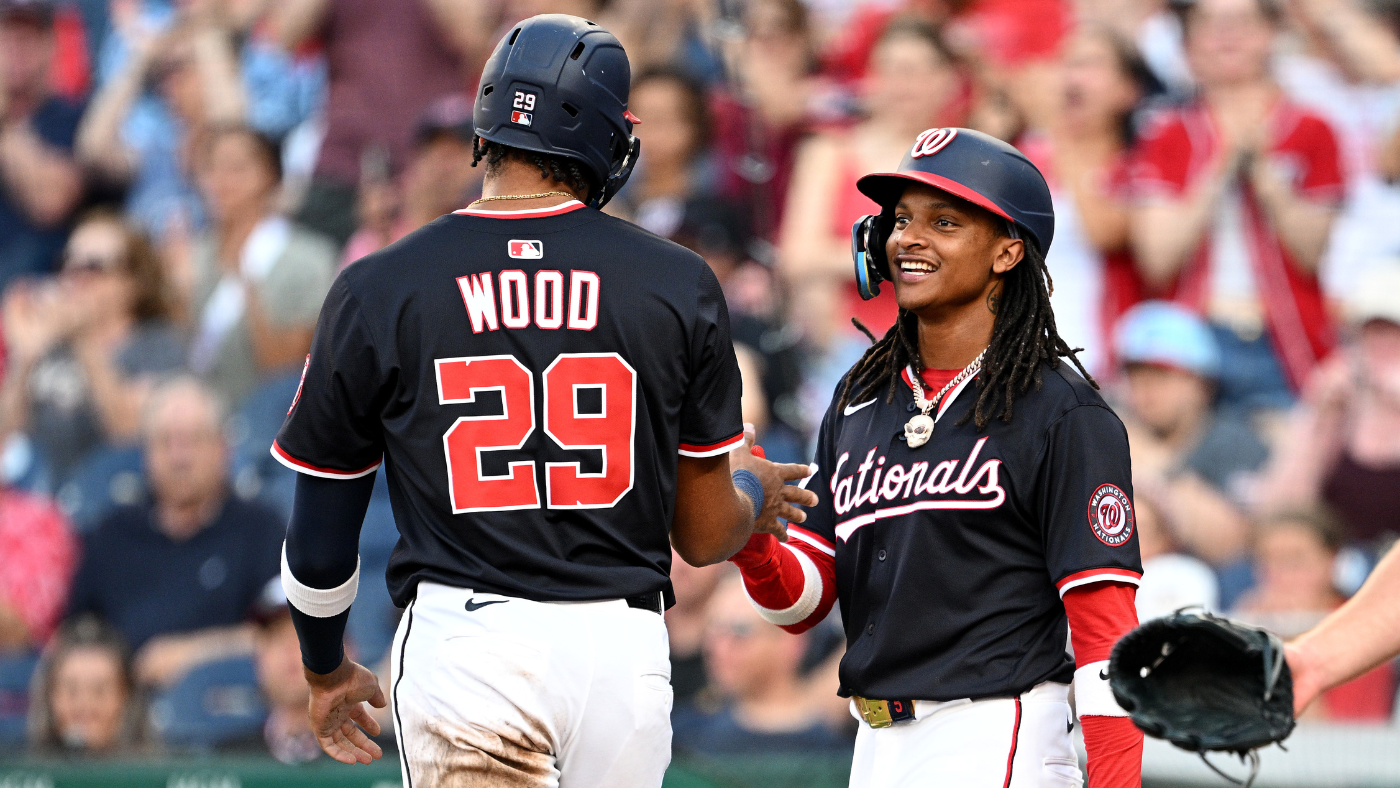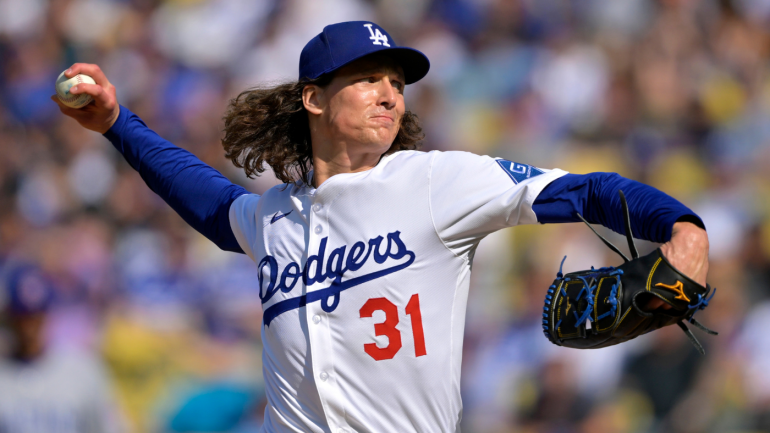Ranking which rebuilding MLB teams are closest to contention: Nationals, Pirates and more


The old saying is that there’s no time like the present. You can forgive anyone who looks around at baseball’s current newscycle — particularly the Washington Nationals firing their top executive and manager ahead of the amateur draft and the July 31 trade deadline — and questions if the more relevant period for some markets is the future.
Since this part of July is good for looking forward to what comes next, we here at CBS Sports figured it would be a sensible occasion to check in on how some rebuilding teams are doing. Below, we’ve analyzed and ranked the six teams we think can be reasonably described as rebuilders based on their perceived proximity to achieving nirvana — or, at least, their proximity to reaching a point where they’re competitive enough to live in the moment.
This analysis is based on a few components: the current state of the big-league roster; their farm system; and payroll flexibility, among other variables. As always, keep in mind that this is more of an art than a science. With that in mind, let’s get down to business. (Also note that teams are ranked in ascending order of “readiness.”)
The Rockies have the worst record in baseball, but this ranking is about more than that. This is an insular organization that seems stuck in a timewarp. While that may be workable in certain situations, it seems untenable at Coors Field, the fiercest pitching environment in MLB history. The Rockies’ big-league roster has few long-term pieces, and several of the candidates for that description have either regressed (Brenton Doyle, Ezequiel Tovar) or seem like terrible fits for their ballpark (Chase Dollander). Add in the struggles of last summer’s top picks, corner player Charlie Condon and injured pitcher Brody Brecht, and it’s hard to envision them competing in a real manner anytime soon.
The Marlins are probably as surprised as anyone to find themselves in third place in the National League East and a strong fortnight away from .500 nearing the All-Star Game. You might think that would land them higher in these rankings, but no — their recent hot play looks more like smoke and mirrors than the start of something special. Second-year executive Peter Bendix figures to turn over his roster more later this month as he attempts to build out organizational depth and land a few future building blocks. As such, it’s hard to put Miami much higher than fifth at this stage.
You can see things pulling together, bit by bit, for the White Sox following last season’s historic ineptitude. Plucking All-Star right-hander Shane Smith in the Rule 5 draft was one of the best transaction of the winter, and they’re in the process of graduating several notable youngsters (Kyle Teel, Grant Taylor, Colson Montgomery) with more on the way (once lefties Hagen Smith and Noah Schultz figure out their command, anyway). Will all that be enough to restore the White Sox to glory? Realistically, no; it’s hard to build a contender solely from within. Even so, it’s fair to write that Chicago’s outlook is a little better than what would have been expected this time a year ago.
The nomadic Athletics appear to have some things working in their favor. Shortstop Jacob Wilson can put a bat on any pitch; outfielder Denzel Clarke might be the best defensive center fielder in the world; and first baseman Nick Kurtz and outfielder Tyler Soderstrom have produced at above-average clips despite some rough stretches. Add in veterans like Brent Rooker and Shea Langeliers, and maybe just maybe you can start to talk yourself into the A’s as dark horse contenders starting next season. The catch is that … well, this is a really, really bad team as constructed. They have the second-worst run differential in the majors, and third place is more than 50 runs off. To make matters worse, those aforementioned youngsters all have obvious flaws that could suppress their ascents (or, alternatively, limit the length of their arcs). That’s without touching on the whole ballpark mess, or the bad baseball karma owed to steward John Fisher after he ripped the franchise away from Oakland.
The Pirates have several of the most impressive young pitchers in the sport, beginning with Paul Skenes and extending to the injured Jared Jones and minor-league righty Bubba Chandler. Unfortunately, Pittsburgh can’t seem to find bats — or, at least, can’t seem to develop those bats all the way into above-average producers at the big-league level. Owner Bob Nutting isn’t one for spending money, a problem for a Pirates franchise that must instead resort to clever drafting and trading to fill their needs. This deadline could be a pivotal one for the Pirates, who could run the market by shopping around Mitch Keller, David Bednar, Ke’Bryan Hayes, among others. If they can hit on a few deals and snag some offensive upgrades for next season (or the season thereafter), they have a real chance at turning thing around. That’s all easier written than done, however, and it’s only a matter of time before Skenes becomes uncomfortably difficult to fit into Pittsburgh’s meager budget.
1. Washington Nationals
It says a lot about the Nationals that they did as well as a club trading away a superstar could possibly do in the Juan Soto trade, returning James Wood, MacKenzie Gore, and CJ Abrams … and yet they’re completely removed from the playoff picture in early July. The Nationals’ good, albeit small collection of above-average performers gives them a leg up on some of these other clubs. At the same time, the clock is already ticking on this group — yes, really. Gore is two seasons away from free agency, Abrams is three, and there’s been no apparent attempt to extend either of them or Wood for the long haul. It feels weird to write this about a team that hasn’t cleared .500 since 2019, but the window on maximizing this core’s potential is already starting to close. Good luck to their next general manager.






